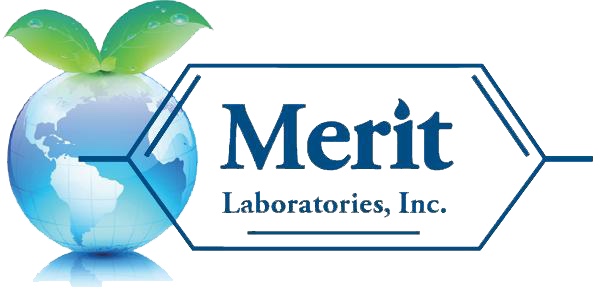Michigan’s PFAS Industrial Pretreatment Program Initiative on the Fast Track
The presence of PFAS at sites throughout Michigan has prompted the Michigan Department of Environmental Quality (MDEQ) to require Wastewater Treatment Plants (WWTP) with an Industrial Pretreatment Program (IPP) to address this emerging contaminant. In a letter to WWTPs dated February 20, 2018, the MDEQ is requiring several actions be taken to ensure that all IPPs are prohibiting discharges of PFOS and PFOA. By June 29, 2018, the MDEQ is requiring WWTPs with an IPP to complete the following:
- Conduct an initial screening of industrial users to identify those that may be potential significant sources of PFOA and PFOS.
- Develop a monitoring plan for PFOA and PFOS sampling and laboratory testing.
- Perform source monitoring by sampling the discharge from each probable source identified in the monitoring plan for PFAS using grab samples and submitting these samples for laboratory testing.
- Reduce/eliminate PFOS and PFOA sources if significant sources are identified through source monitoring.
- Evaluate the impacts caused from industrial user significant sources discharging PFAS will have on their WWTP effluent.
- Submit an interim report to the MDEQ by June 29, 2018, that summarizes information, data, and evaluation for each of these aforementioned items.
Polyfluoroalkyl and perfluoroalkyl substances (PFAS) are fluorinated organic chemicals, which include perfluorooctanoic acid (PFOA) and perfluorooctanesulfonic acid (PFOS). PFAS chemicals are persistent and bioaccumulate. Persistent means they do not break down in the environment and bioaccumulate refers to the process of building up over time in the blood and organs.
Of all the PFAS compounds, PFOA and PFOS have been the most studied. PFOA and PFOS have been used in the manufacturing of carpet, clothing, shoes, cookware, packaging, and other products. PFAS compounds have also been used by the Department of Defense (DoD) for fire extinguishing at military base airfields at locations throughout the United States.
In the drinking water regulatory effort, the MDEQ announced the establishment of new drinking water criterion for PFOA and PFOS. The criterion, the first of its kind in Michigan for these compounds, is set at 70 parts per trillion (ppt) for the combined concentration of PFOA and PFOS for both residential and non-residential drinking water. The new criterion became effective on January 10, 2018, and is part of the Part 201 generic cleanup criteria. The new MDEQ criterion of 70 ppt is the same level as the U.S. Environmental Protection Agency’s drinking water health advisory level.
Contact Merit Laboratories for additional information on PFAS.

